Question
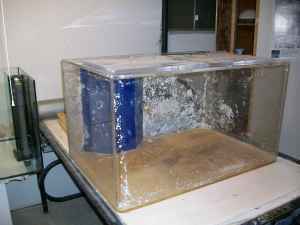 75 gallon acrylic
75 gallon acrylic
Hello, and thanks for answering my questions. I just bought some tanks from a closed pet shop. 65 gallon acrylic, (48 x 20 x 16) and 40 gallon glass (24x24x16) and 75 acrylic 36x24x16 (pic of this one attached). Each tank has one drilled hole in the bottom right corner and a bulkhead fitting. I am thinking of replacing some existing regular glass tanks with these new ones. I have several 55's, 29 long, 20 talls, etc. My question is:
1. What is the best thing to do with the single hole on the bottom (there is no overflow around them, just the bottom of the tank with a drilled hole and one inch bulkhead fitting.
I have a sump that I could connect, but then how do I return the water to the tanks without a return bulkhead?
2. Should I consider a drip water change system, using a hudson valve to let water into the tank and putting a standpipe on the single bulkhead for draining the water out of the tank when it reaches a certain level? II could pipe this out the wall to water the garden in the summer)
3. Is the 24 x 24 footprint of the 40 gallon better for my fish then a egular 40 gallon with a 48 x 12 footprint? I have african cichlids and electric blue crayfish, also shell dwellers, similis, etc, and peacock gudgeons, desert gobys, kribs, guppies...(not all in the same tank, just wanting sugestions on which fish would do better in a 24x24 then a 48 x 12, or does it matter? I also have oscars, koi swordtails, bristlenose plecos, limias. My cichlids include electric blues, electric yellows, hongi, christmas fulu, honduran redpoints, ngara flametails, jack dempseys, neolamprologus brichardi, apisto, multis, furcatas, chocolate cichlids, jaquars, red zebras...
4. Are there any of my cichlids that should be in separate tanks to prevent hybridazation.
I currently have over 17 tanks, mostly 20's, 55's, a 90, a 125, a 150 and a 300. I would like to replace some of these 55's with the 65 acrylics but with the bottom being drilled..concern if I would risk a leak later? or should I just put a plug in the hole or glue a piece of acrylic over the hole..The only problem with glueing is perhaps I might want to use a sump later? Also, I have lexan sheets, can these glue to acrylic and should I use glue or silicone?
Thanks so much.
AnswerHi Brenda
These holes in the bottom of the tanks are used for a water change system. Many breeders and pet shops use this type of system to allow a continuous flow of fresh water into their tanks. These systems are effective and healthy for the fish, but can be expensive to setup and maintain. I tried this type of system with the help of a local breeder who set it up for me, but I found it was less work for me to do traditional water changes. Using a 125 foot siphon hose, I siphon the water out of the tanks and out the window to the lawn. I siphon water into the tanks from four 275 gallon totes in my laundry room. Pretty simple without the worry that the water change system will develop a leak in the attic and/or walls of my house. (this type of thing not covered by insurance ;-)
It is up to you whether to attempt this type of system or not. If you choose to do so, here is a link I found to help you...
http://www.aquariacentral.com/forums/showthread.php?t=87601
You could connect a sump as you mentioned, return flow of water over the top. If you choose to plug the holes, you'll want to use silicone, not glue. Also keep in mind that regardless of how well these holes are plugged, they may develop leaks down the road. You'll just have to keep your eye on them.
When it comes to tank sizes, wider is always better. I've never been a fan of the 12" wide tanks. In my smaller tanks, I've always bought breeder sizes...example a 40 gallon breeder is 36L X 18W and 17H and a standard 40 is 48 x 12 x 17.
The best way to keep Cichlids is to keep each group together. For example, Keep Africans with Africans, South American with South American and so on. Most Cichlids, African Cichlids specifically, have special water requirements not tolerated by other Cichlids. and vice versa.
Hope this helps you, good luck!
Richard


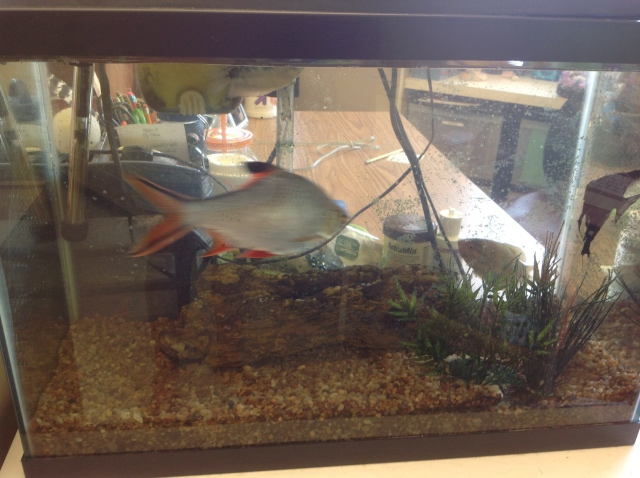 Fresh Water Fish
Question
My Fish Tank
Hi Elizabeth,
I would rea
Fresh Water Fish
Question
My Fish Tank
Hi Elizabeth,
I would rea
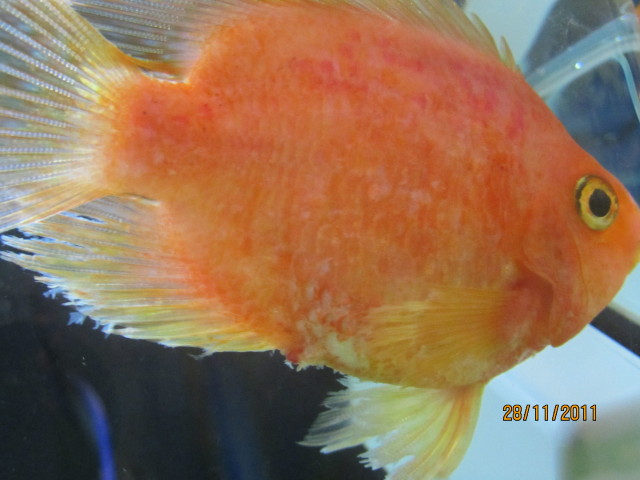 parrot fish disease
Question
parrot fish
i find out today the skin o
parrot fish disease
Question
parrot fish
i find out today the skin o
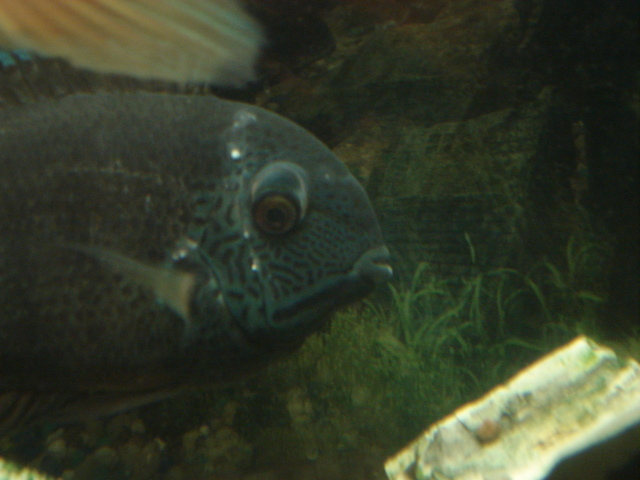 Sick Severum Cichlid
QuestionSick Severum
QUESTION: Hi, I hope you ca
Sick Severum Cichlid
QuestionSick Severum
QUESTION: Hi, I hope you ca
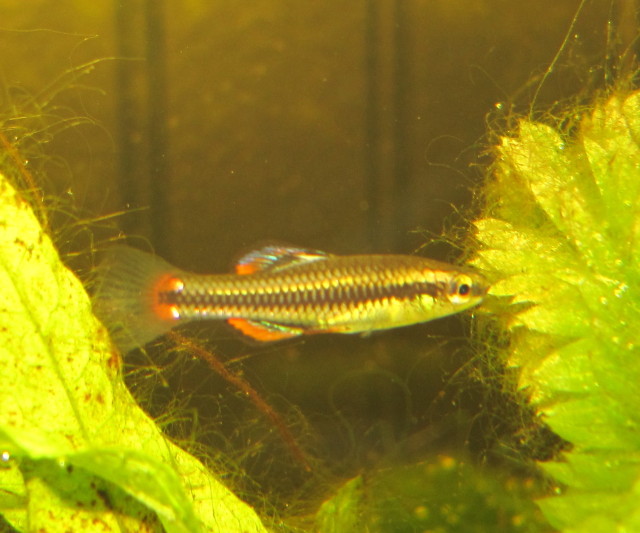 ID a fish
QuestionID fish
QUESTION: Hi Matt,
I asked for
ID a fish
QuestionID fish
QUESTION: Hi Matt,
I asked for
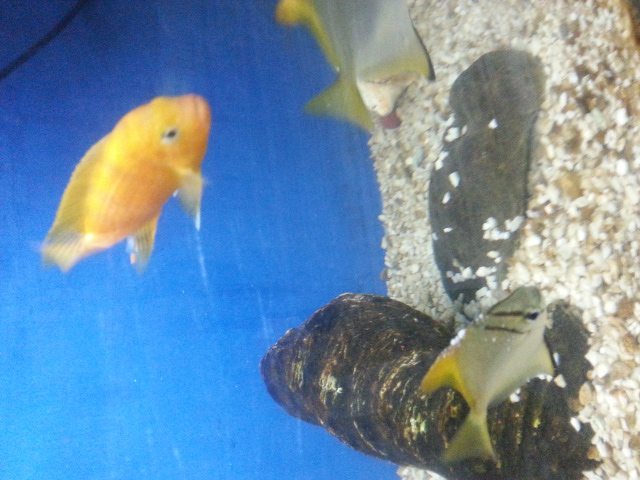 2 questions fr u!
Question
mono angel with some w
1)Recently I dis
2 questions fr u!
Question
mono angel with some w
1)Recently I dis